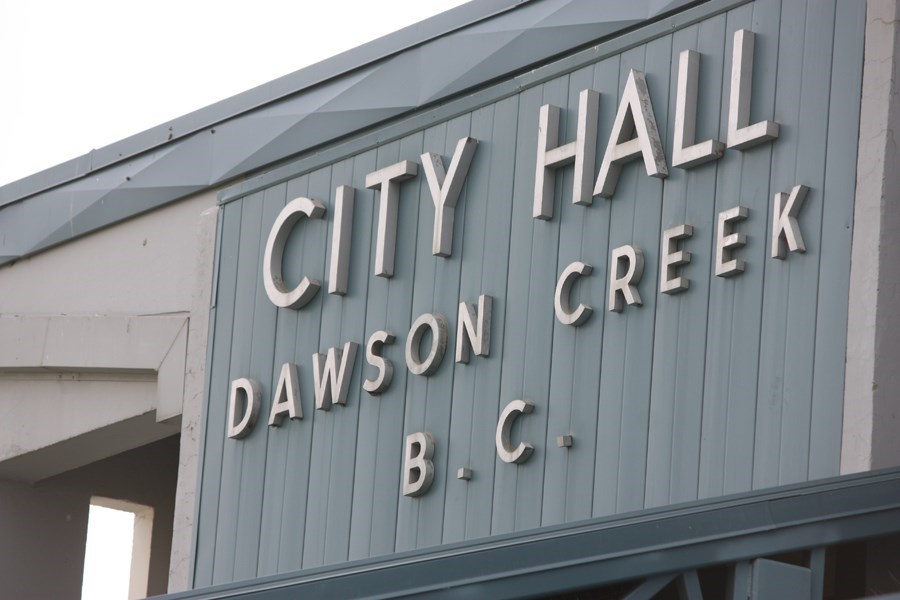Advocates are seeking municipal support to legalize flameless cremation in B.C., noting the method could reduce carbon emissions. The City of Dawson Creek was included in the request, with a letter sent by email on September 15.
The Cemetery, Interment and Funeral Services Act of British Columbia would need to be amended to make the method viable, as the act currently only allows for burial or fire-based cremation.
“Using large tracts of land for cemeteries is no longer a viable option and cremation has become the most widely chosen form of human disposition, by up to 90 percent of B.C. residents,” wrote the advocates. “Crematoria are huge emitters of carbon. The smoke from these facilities makes them unpopular in any neighbourhood.”
Aquamation or ‘Alkaline Hydrolysis’ uses lye and heat to break down bodies into ash and chemical components, and is has already been legalized in other parts of North America.
A body is placed in a pressure vessel filled with a mixture of water and potassium hydroxide, and heated to around 160 degrees celsius. The process takes between four to six hours to complete, and uses roughly a quarter of the electricity needed for flame cremation.
Veterinarians have also been using the process for years to cremate people’s family pets, while the agricultural industry uses it to sterilize animal carcasses.



